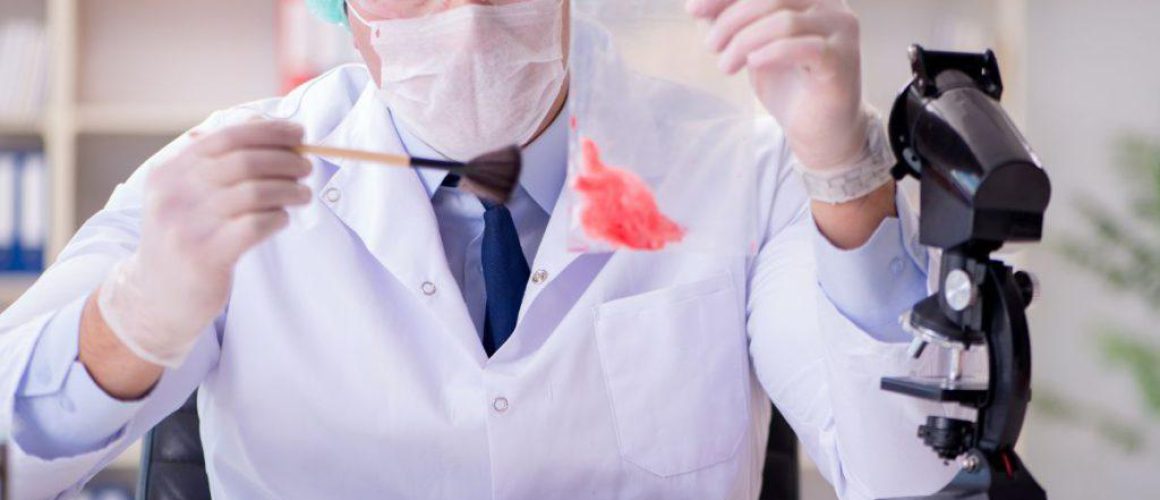Bacterial genetics and gene transfer mechanisms
Table of Contents
Key Summary Table: Bacterial Genetics and Gene Transfer Mechanisms
| Key Concepts | Description |
|---|---|
| Bacterial Genetics | The study of how genetic information is carried in bacteria, and how it is transferred from one bacterium to another. |
| DNA Replication | The process by which a bacterium makes a copy of its DNA. |
| Gene Transfer Mechanisms | The methods bacteria use to exchange genetic material, including transformation, conjugation, and transduction. |
| Transformation | A process where bacteria take up DNA from their environment. |
| Conjugation | A process where bacteria transfer DNA directly to another bacterium. |
| Transduction | A process where a virus carries DNA from one bacterium to another. |
| Plasmids | Small, circular pieces of DNA that can replicate independently of the bacterial chromosome and play a big role in gene transfer. |
Welcome to the microscopic world of ‘Bacterial genetics and gene transfer mechanisms’! This intriguing realm, though invisible to the naked eye, holds the key to understanding how bacteria adapt, survive, and interact with their environment. Stay tuned for a captivating journey!
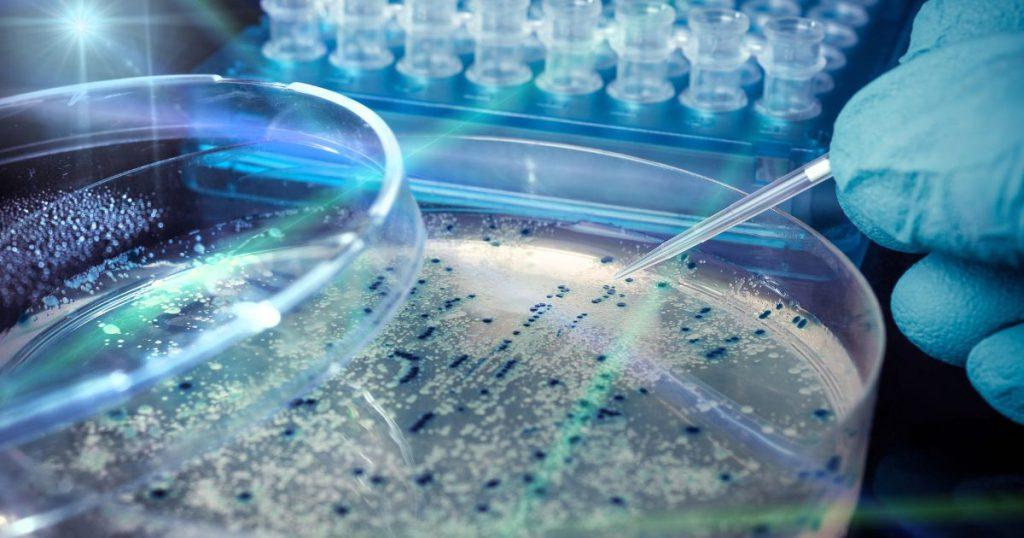
Introduction
Bacteria, those tiny organisms we can’t see with our naked eye, have a complex world of genetics and gene transfer mechanisms that’s as fascinating as it is important. In this article, we’ll delve into the intricate world of bacterial genetics and gene transfer mechanisms. We’ll explore how these microscopic entities replicate their DNA, transfer genes, and the role of tiny circular DNA strands called plasmids in this process. So, buckle up and prepare for a journey into the microscopic world of bacteria!
Bacteria are the dark matter of the biological world.
Understanding Bacterial Genetics
Bacterial genetics might sound like a complex topic, but it’s actually quite straightforward once you get to know the basics. Bacterial genetics is the subfield of genetics dedicated to the study of bacteria. Bacteria are single-celled organisms with a simple cellular organization. Unlike our cells, which are eukaryotic and have a nucleus, bacteria are prokaryotic, meaning they lack a nucleus. Their genetic material, DNA, is not enclosed within a nuclear membrane but is located in a region of the cell called the nucleoid.
Bacterial DNA is usually circular and is supercoiled, meaning it is twisted and wound tightly to fit within the small bacterial cell. This DNA contains all the genetic information that a bacterium needs to function and reproduce. It codes for all the proteins that the bacterium produces, which carry out all the necessary functions of the cell.
In addition to the main circular DNA, bacteria often contain smaller circular pieces of DNA known as plasmids. These plasmids can carry additional genes that can be beneficial for the bacterium, such as antibiotic resistance genes. The fascinating thing about plasmids is that they can be transferred from one bacterium to another, a process known as horizontal gene transfer. But more on that later!
Importance of Bacterial Genetics in Medical Technology
- Antibiotic development
- Disease diagnosis
- Understanding drug resistance
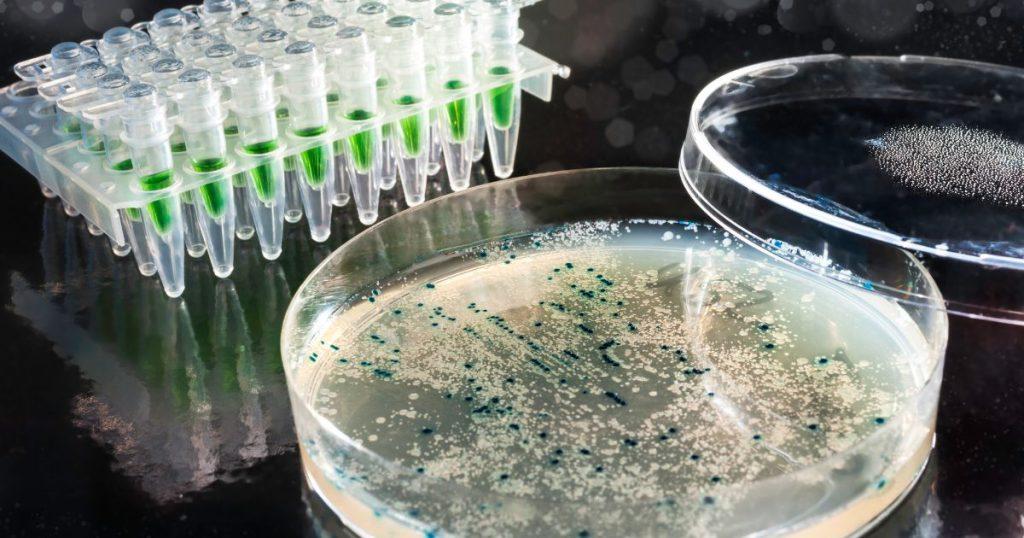
DNA Replication in Bacteria
| Steps | Description |
|---|---|
| Initiation | The process begins at a specific location on the DNA called the origin of replication. |
| Elongation | New DNA strands grow at the replication fork, a structure formed by unwinding the DNA helix. |
| Termination | Replication ends when the new DNA strands are fully formed. |
Just like in humans, DNA replication is a vital process in bacteria – let’s see how it works. DNA replication in bacteria is a complex process involving several enzymes and proteins. The process begins at a specific point on the circular DNA molecule called the origin of replication. An enzyme called DNA helicase unwinds the double-stranded DNA molecule, breaking the hydrogen bonds between the base pairs and creating a ‘replication fork’.
Following the helicase, an enzyme called DNA polymerase adds new nucleotides to the exposed strands following the base pairing rules (adenine with thymine and guanine with cytosine). This process continues until the entire DNA molecule has been replicated, resulting in two identical copies of the circular DNA molecule.
DNA replication in bacteria is incredibly fast and accurate. The speed of replication combined with the relatively short generation time of bacteria (some bacteria can divide every 20 minutes!) means that bacterial populations can grow rapidly under the right conditions. This rapid growth and replication are part of what makes bacteria such successful organisms, able to colonize a wide range of environments.
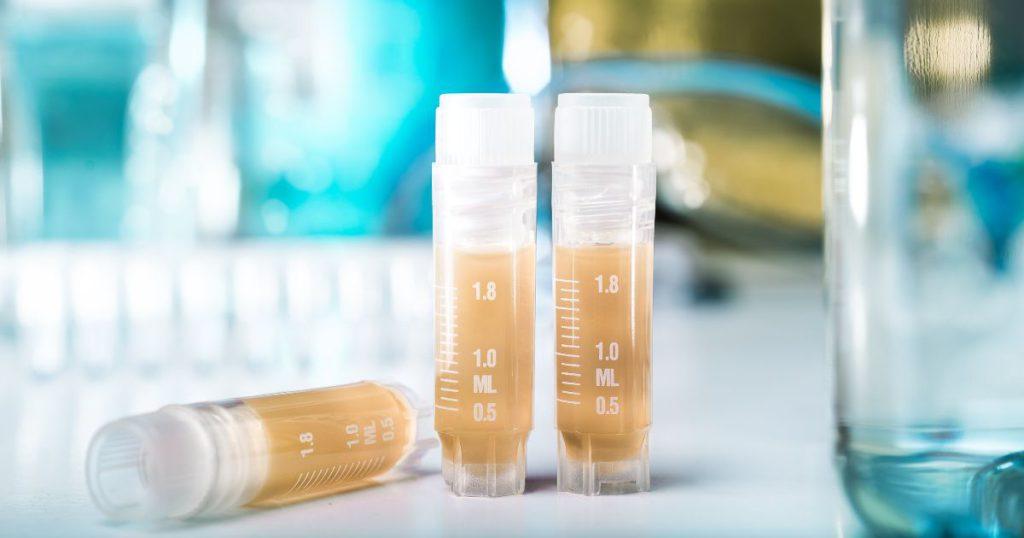
Gene Transfer Mechanisms in Bacteria
| Mechanism | Description |
|---|---|
| Transformation | Bacteria take up DNA from their environment. This DNA can then be incorporated into their own genome, providing new genetic traits. |
| Conjugation | Involves the direct transfer of DNA from one bacterium to another through a structure called a pilus. This is often how antibiotic resistance genes are spread among bacteria. |
| Transduction | Occurs when a bacteriophage (a type of virus that infects bacteria) unintentionally carries DNA from one bacterium to another. This can result in new traits being introduced to the recipient bacterium. |
Bacteria have some clever ways of transferring genes – let’s explore the three main mechanisms: transformation, conjugation, and transduction. These mechanisms are part of what we call horizontal gene transfer, which is the transfer of genetic material from one organism to another that is not its offspring. This is different from vertical gene transfer, which is the transfer of genes from parent to offspring.
Transformation is the process where bacteria can pick up DNA from their environment. This DNA can come from other bacteria that have died and broken down, releasing their DNA into the surrounding environment. If this DNA is taken up by a living bacterium, it can incorporate the new DNA into its own, potentially gaining new traits.
Conjugation, on the other hand, is a process where two bacteria can transfer DNA directly between them. In this process, one bacterium (the donor) transfers a copy of a plasmid to another bacterium (the recipient) through a structure called a pilus. This allows for the direct transfer of genes between bacteria.
Lastly, transduction is a process where bacteria can exchange genes with the help of viruses that infect bacteria, known as bacteriophages. In this process, a bacteriophage infects a bacterium and, during the process of assembling new viruses, mistakenly packages a piece of the bacterial DNA into the new virus particle. When this virus goes on to infect another bacterium, it can introduce this piece of bacterial DNA into the new host.
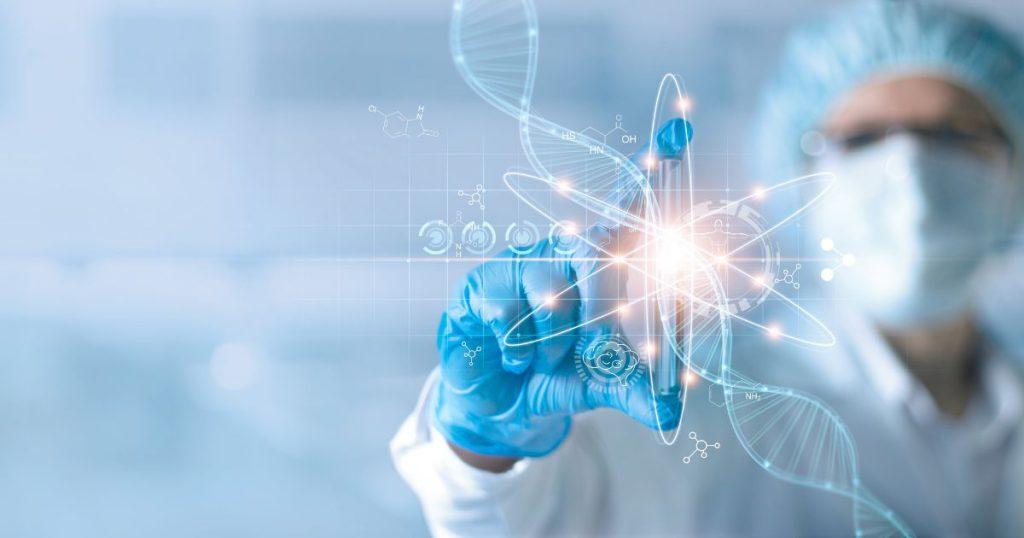
Transformation, Conjugation, and Transduction – What’s the Difference?
| Mechanism | Description |
|---|---|
| Transformation | Bacteria take up DNA from their environment. |
| Conjugation | Bacteria transfer DNA directly to another bacterium. |
| Transduction | A virus carries DNA from one bacterium to another. |
Transformation, conjugation, and transduction might sound similar, but they’re actually quite different – let’s break them down. As we’ve discussed, transformation involves the uptake of DNA from the environment, conjugation involves direct transfer of DNA between two bacteria, and transduction involves the transfer of DNA with the help of a virus.
Each of these processes has different requirements and results in different outcomes. Transformation requires the recipient bacterium to be in a specific physiological state, known as competence, and results in the uptake of short pieces of DNA. Conjugation requires physical contact between two bacteria and results in the transfer of plasmids, which can carry a variety of genes. Transduction requires the presence of bacteriophages and can result in the transfer of any gene from the bacteriophage’s original host.
These differences mean that each process can play a different role in bacterial evolution and adaptation. For example, transformation can allow bacteria to rapidly acquire new traits when in a challenging environment, while conjugation can spread beneficial plasmids through a bacterial population.
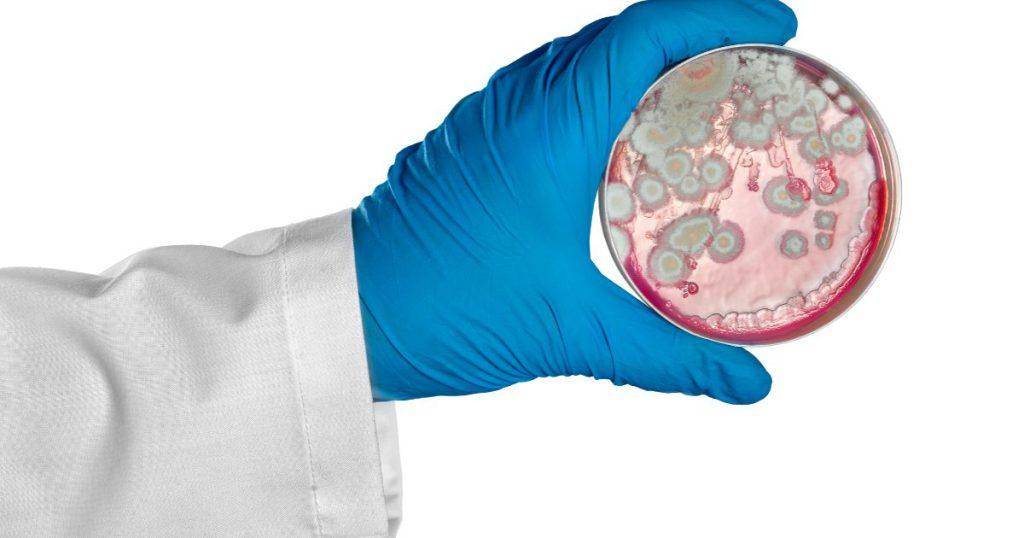
The Role of Plasmids in Gene Transfer
| Feature | Description |
|---|---|
| Size | Plasmids are small, making them easy to transfer. |
| Independence | Plasmids can replicate independently of the bacterial chromosome. |
| Benefit | Plasmids often carry beneficial genes, such as antibiotic resistance genes. |
Ever heard of plasmids? They’re small, circular pieces of DNA that play a big role in gene transfer in bacteria. Plasmids are separate from the main bacterial chromosome and can replicate independently. They often carry genes that can provide a benefit to the bacterium, such as antibiotic resistance genes.
Because plasmids can replicate independently, a bacterium can have multiple copies of the same plasmid. This means that when a bacterium divides, each of the daughter cells can receive a copy of the plasmid. In addition, as we’ve discussed, plasmids can be transferred between bacteria through conjugation. This allows beneficial traits to spread rapidly through a bacterial population.
Understanding the role of plasmids in gene transfer is crucial in many areas of medicine and biology. For example, the spread of antibiotic resistance genes on plasmids is a major concern in the treatment of bacterial infections. On a more positive note, scientists often use plasmids as tools in genetic engineering, where they can be used to introduce new genes into bacteria for research or industrial purposes.
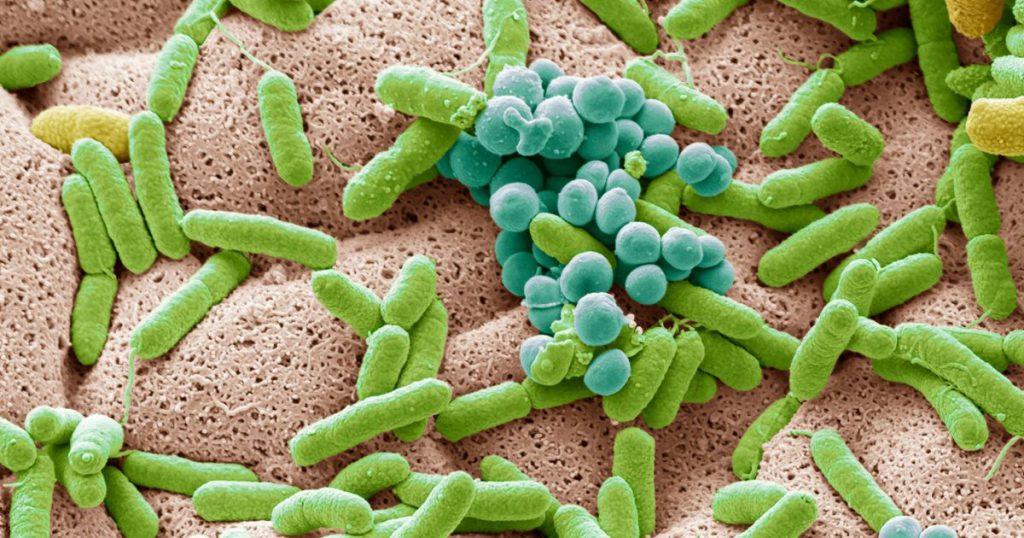
The Importance of Understanding Bacterial Genetics in Medical Technology
| Benefit | Description |
|---|---|
| Antibiotic Development | Helps in the development of new antibiotics. |
| Diagnosis | Aids in the diagnosis of bacterial infections. |
| Understanding Resistance | Helps understand bacterial resistance to drugs. |
You might be wondering why understanding bacterial genetics is important, especially in the field of medical technology – let’s find out. Bacterial genetics is at the heart of many aspects of medical technology. For example, understanding how bacteria grow and divide, and how they transfer genes, can help in the development of new antibiotics or in the prediction of the spread of antibiotic resistance.
Furthermore, bacteria and their genetic systems are often used as tools in medical research. For example, bacteria are used to produce human insulin for the treatment of diabetes. This is done by introducing a human insulin gene into a bacterium using a plasmid. The bacterium can then produce insulin, which can be purified and used in medical treatment.
In conclusion, bacterial genetics and gene transfer mechanisms are not just fascinating topics of study, but also have practical implications in medicine and technology. By understanding these processes, we can better understand the microscopic world around us and harness its potential for the benefit of human health.
Bacteria are more like us than we would like to admit.
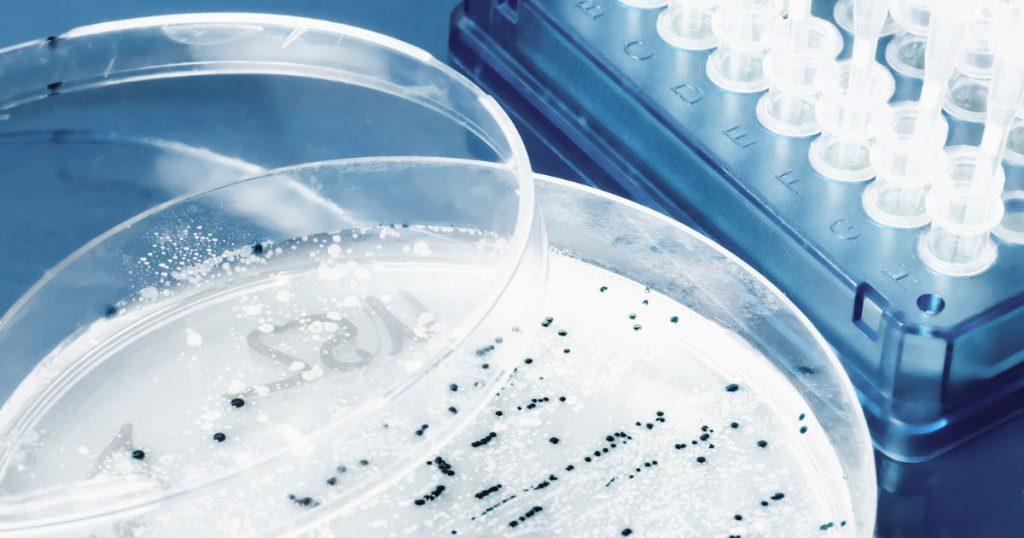
Conclusion
Our journey into the world of bacterial genetics and gene transfer mechanisms is just the beginning – there’s so much more to explore! From the basic processes of DNA replication and gene transfer to the practical applications in medicine and technology, bacterial genetics is a field full of fascinating discoveries and potential. So, keep exploring, keep learning, and who knows what you might discover next!
This post is part of my Bacteriology category. Also check out my index page on Bacteriology.
Other pages of interest: Bacterial growth and reproduction and Bacterial classification and taxonomy
Disclaimer: This article is intended for informational purposes only. It is not meant to be a substitute for professional medical advice, diagnosis, or treatment. Always seek the advice of your physician or other qualified health provider with any questions you may have regarding a medical condition.
Frequently Asked Questions
What is Bacterial Genetics?
Bacterial genetics is the subfield of genetics that studies the genes and genetic mechanisms of bacteria. It’s a fascinating area of study because bacteria have a simpler genetic setup than humans, making them ideal for genetic studies.
What are Gene Transfer Mechanisms in Bacteria?
Gene transfer mechanisms in bacteria refer to the ways bacteria exchange genetic material. There are three main mechanisms: transformation, where bacteria take up DNA from their environment; conjugation, where they transfer DNA directly to another bacterium; and transduction, where a virus carries DNA from one bacterium to another.
What is the Role of Plasmids in Gene Transfer?
Plasmids play a crucial role in gene transfer in bacteria. They are small, circular pieces of DNA that can replicate independently of the bacterial chromosome. Plasmids often carry genes that benefit the bacterium, such as antibiotic resistance genes, and can be transferred between bacteria through conjugation.
How Does Understanding Bacterial Genetics Help in Medical Technology?
Understanding bacterial genetics is vital in medical technology. It helps in the development of new antibiotics, the diagnosis of bacterial infections, and the understanding of bacterial resistance to drugs. It also aids in the creation of genetically modified bacteria for use in industry and medicine.
What are the Differences Between Transformation, Conjugation, and Transduction?
While all three are mechanisms of gene transfer in bacteria, they differ in how they work. Transformation involves the uptake of DNA from the environment, conjugation involves direct DNA transfer from one bacterium to another, and transduction involves the transfer of DNA from one bacterium to another via a virus.
Further reading
Bacterial Genetics – an overview
Sean Schepers is a third-year Medical Technology student at Mahidol University with a passion for all things health and medicine. His journey into the world of medicine has led him to explore various fields. Sean's blog posts offer a unique perspective, combining his academic insights with personal experiences. When he's not studying or blogging, Sean enjoys keeping up with politics and planning his future career in medicine.
In addition to his studies, Sean serves as the chairman of the Rights, Liberties, and Welfare Committee, a role that reflects his commitment to advocacy and social justice. Beyond his academic pursuits, Sean offers tutoring services in English and Biology, further demonstrating his dedication to education and mentorship. His journey is one of continuous discovery, and he invites others to join him as he explores the dynamic and transformative world of medical technology.

